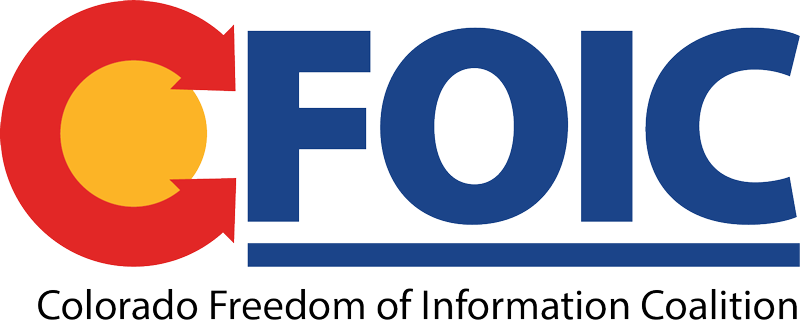The Denver Post: When tragedy struck in Firestone this spring, oil and gas companies, the governor, lawmakers and local governments and communities were quick to react with a “never again” approach.
After an abandoned low-pressure supply line delivering gas from a wellhead to a tank battery leaked gas into a family home that exploded — killing two men — hundreds of wells were shut down temporarily, thousands of unregulated low-pressure gas lines were tested and companies mapped their pipelines from place to place.
It was an impressive response, and we are thankful the industry acted so responsibly.
On Wednesday, Gov. John Hickenlooper laid out his plan to codify regulations for the industry in response to the explosion.
We love his plan to charge current oil and gas operators some sort of fee to create a fund to cap the state’s 700 to 800 abandoned wells in a timely fashion. Hickenlooper said that fund could also be used to buy methane detectors for concerned homeowners.
But we disagree with Hickenlooper’s assessment that it would be too risky to make public detailed maps of oil and gas transmission, flowline and gathering pipelines. We think this is useful public data that should be available on a statewide basis not only for homeowners and homebuyers to access, but also for researchers and journalists and local jurisdictions to study and analyze.
Visit The Denver Post for more.
